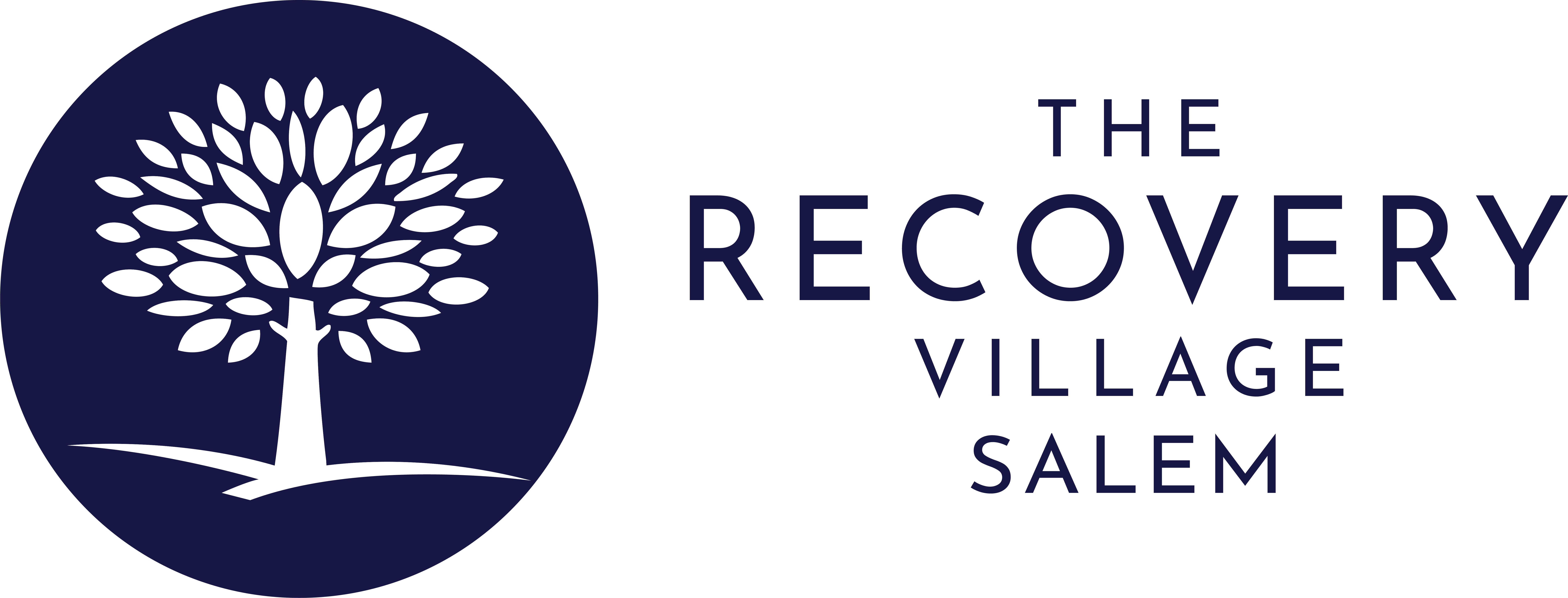Simply put, being sober means living without the use of alcohol or drugs. However, sobriety encompasses more than just abstinence; it represents a comprehensive lifestyle that includes various aspects of recovery.
In contrast, the term “California sober” refers to a state of semi-sobriety. This can involve the moderate use of alcohol and marijuana or using these substances as substitutes for more potent drugs like heroin, cocaine, or methamphetamine. Although the concept of California sober has gained popularity in recent years, it can potentially lead to alcohol use disorder or marijuana use disorder.
What Is California Sober?
“California sober” is a colloquial term describing a form of partial sobriety. Individuals who identify as California sober aim to either reduce their substance intake or replace the use of more harmful substances with seemingly safer alternatives like alcohol and marijuana. For instance, a person might choose to consume alcohol and marijuana but avoid methamphetamine. Alternatively, someone recovering from alcohol abuse might continue to drink moderately post-treatment. It’s important to note that California sober is not a medically recognized or endorsed term.
Does Being California Sober Work?
While some individuals claim that California sobriety is effective for them, it poses significant risks for those with a history of substance abuse. The term’s flexibility means that its definition can vary widely between individuals, making it challenging to set clear boundaries and monitor substance use objectively. For those with addiction histories, maintaining moderation with alcohol and marijuana can be difficult, potentially leading to abuse of these substances and increasing the risk of relapse.
Ready to Break Free From Addiction?
If you’re seeking help for yourself or a loved one, our expert team is here to guide you every step of the way. Don’t wait—start your journey to recovery today.
Frequent use of alcohol and marijuana can place individuals in environments where heavy drinking or drug use is prevalent. Both substances lower inhibitions and impair judgment, creating a conducive environment for relapse. Research indicates that any alcohol consumption can elevate relapse rates in individuals recovering from drug addiction.
Risks of Being California Sober
Adopting a California sober lifestyle can be precarious for someone recovering from addiction. The associated risks include:
- Heightened Risk of Developing Alcohol or Marijuana Use Disorders: Continued use of these substances can lead to dependency.
- Increased Likelihood of Relapse: Exposure to environments with heavy substance use can trigger a return to more harmful drugs.
- Exposure to High-Risk Situations: Being around others who misuse substances can increase the chances of falling back into addiction.
- Hindrance to Long-Term Recovery: Partial sobriety can interfere with the comprehensive healing process needed for sustained recovery.
Is Marijuana a Safe Alternative to Alcohol?
Marijuana is not inherently a safer alternative to alcohol. Chronic use of marijuana can result in various adverse effects, including mental health issues, impaired cognitive functions, fatigue, and withdrawal symptoms. If a California sober lifestyle involves regular marijuana use, it can lead to a marijuana use disorder, disrupting one’s life. Studies show that up to 30% of marijuana users may develop a marijuana use disorder. Additionally, using marijuana can increase the likelihood of turning to alcohol or other drugs.
Side Effects of Marijuana
There are common misconceptions that marijuana is not addictive and lacks negative side effects. However, chronic marijuana use can lead to several adverse effects, such as:
- Drowsiness
- Slowed Reaction Times
- Balance and Coordination Issues
- Memory Problems
- Increased Heart Rate
- Heightened Risk of Anxiety and Depression
- Irritability
Moderation vs. Abstinence
Moderate drinking involves keeping alcohol consumption within the limits recommended by the U.S. Department of Health and Human Services and the U.S. Department of Agriculture. For men, this means up to two drinks per day, and for women, up to one drink per day. The U.S. Department of Health generally advises minimal alcohol consumption or complete abstinence.
For some individuals in recovery, moderation may seem like a more achievable goal than complete abstinence. However, abstinence is the most effective approach to recovery, particularly for those with alcohol addiction. Research indicates that extended periods of traditional sobriety correlate with lower relapse rates. Even with the best intentions, individuals struggling with alcohol use disorder may find it difficult or impossible to maintain moderate drinking, making abstinence the preferable option.
Drug and Alcohol Addiction Treatment in Salem, OR
At The Recovery Village Salem, we offer compassionate and comprehensive treatment programs designed to help you overcome alcohol addiction and restore your health. Our experienced team provides personalized care to support your journey toward lasting sobriety.


